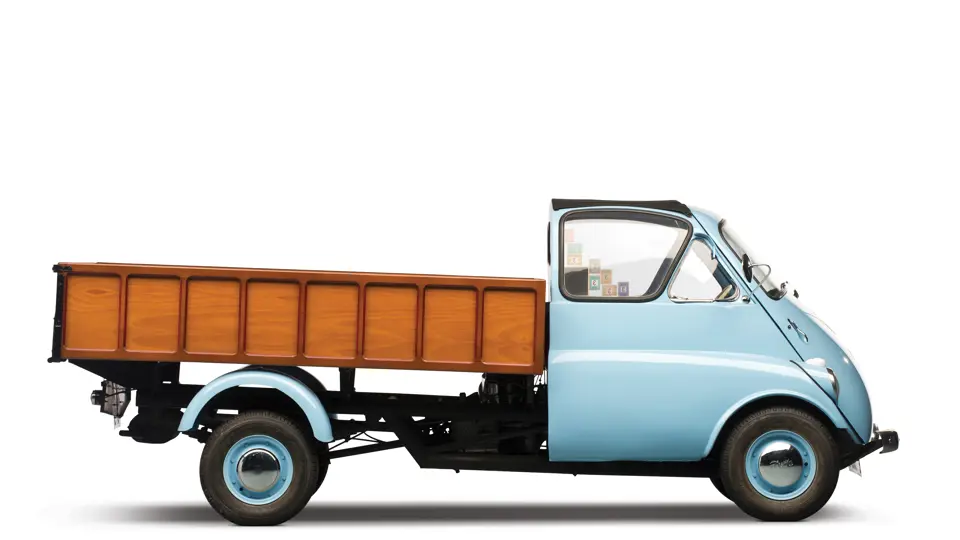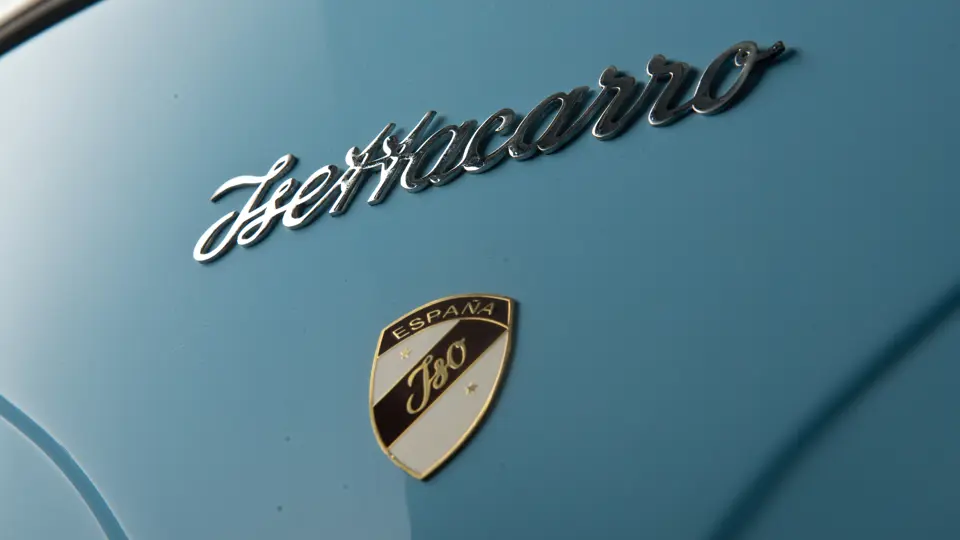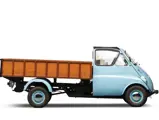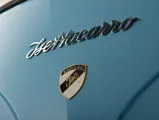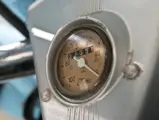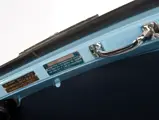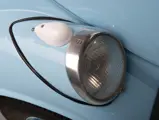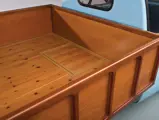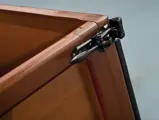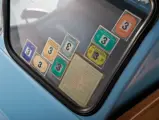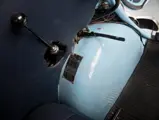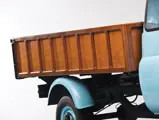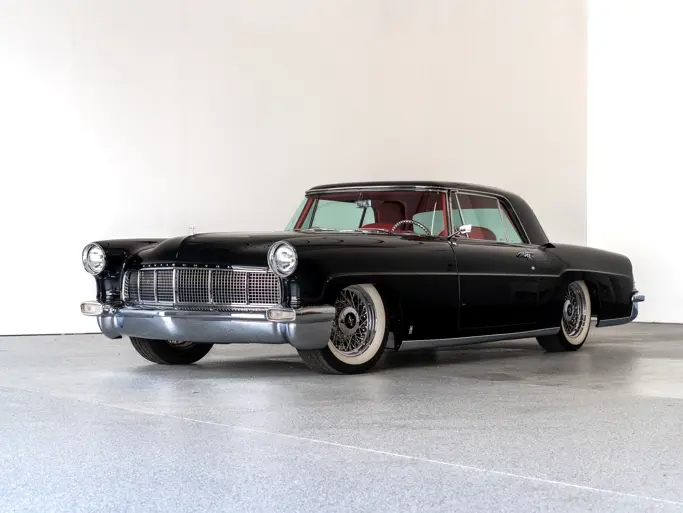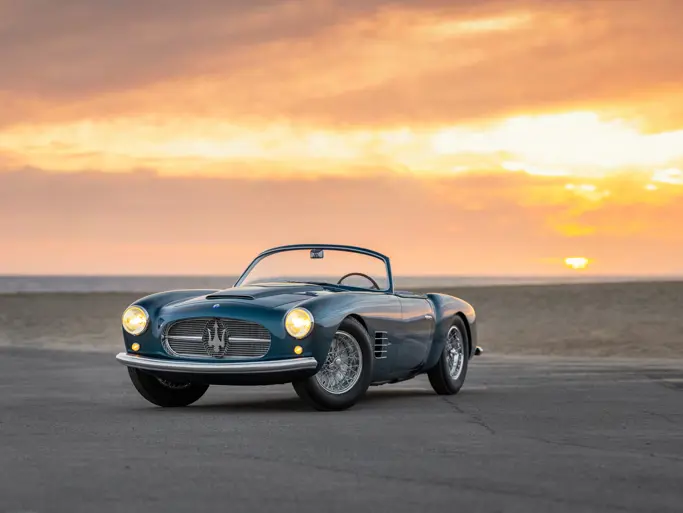Highly authentic with interesting history.
SPECIFICATIONS
Manufacturer: Iso Motor Italia S.A.
Origin: Madrid, Spain
Production: 4,900
Motor: Iso 1-cyl (twin piston), 2-stroke
Displacement: 236 cc
Power: 9.5 hp
Length: 11 ft. 6 in.
Identification No. B158073
Towards the end of the forties, Renzo Rivolta had made up his mind to end production of his Isothermo refrigerators, as there was more demand for vehicles in this post-war recovery period than demand for his expensive refrigerators. Scooters were the transport of choice at the moment, but his first effort, the Furetto, was a dismal failure, which, according to legend, Rivolta buried in a hole in the ground. The Isoscooters and Isomotos of 1950, with their split-single motors based on a Puch design, were a success though, and they were built for six years.
The designs were a stepping-stone towards an actual vehicle, which emerged in prototype form in the summer of 1952. Based on the drawings of engineer Ermenegildo Preti, the Isetta, or “little Iso,” was a sensation at the 1953 Turin Show. The resulting license fees made other, later, projects possible for Rivolta.
Small delivery vehicles were very much an integral part of the Italian commercial scene, with very many companies involved in this competitive market segment. Rivolta himself had built a Lastenroller-type vehicle called the Isocarro.
Alongside the egg-shaped Turismo, the company offered the Iso (or Isetta) Autocarro half-ton mini-truck. The Autocarro was heavier than most light goods carriers, and it offered a unique front-opening layout that suited certain delivery applications. It came in several versions, including a pickup with a canvas tarp top flush with the cab, or a larger, taller box with rounded corners. Other specialized applications, such as ladders or tipper boxes, were possible. The demand was so great that as many Autocarros were sold as the Isetta itself.
The standard Isetta cab was cut off flush at the rear window and panelled shut. It was fitted to a custom tube frame that was essentially the same at the front, but it extended rearwards, doubling up in the motor area and extending over the top of a new full-width rear axle and differential, providing a very strong base for the load carrying area, at the expense of some additional weight. The Iso twin-piston single still provided the power.
Iso Motor Italia in Madrid had the Iso license for Spain, and they built both the Isetta and the truck, renamed Isettacarro 500 (for its load capacity in kilograms), and it was distributed by Autovehicules S.A., also in Madrid. Motor Italia later became associated with Borgward-Iso Española S.A., which had German connections, and later changed its name to the latter.
The Isettacarro has, of course, the special details characteristic of the marque, including the headlamp pods with their rare white teardrop side-lamps mounted on the fenders, the unique retractable door handle with its special ivory-handled interior latch, a superb cloisonnée “Iso España” badge, an Art Deco-style instrument pod with its ultra-rare speedometer, and underneath, the Dubonnet-type suspension with the enclosed spring boxes turning with the wheels. Special mention must be made of the superbly crafted wooden pickup box and drop-lid built to the highest cabinet-makers’ standards.
This car was “a treasured family member” of the Pallas family since its purchase from new. It was carefully maintained, and its originality was painstakingly preserved. It became necessary to put it in the care of the club, who refurbished the car. During this process, some preserved items were replaced with new ones, for aesthetic and practical reasons (such as the tires), and it has had a reverse light fitted. The original ivory two-spoke steering wheel is claimed to be the only one still in existence.
Here is a remarkable opportunity to acquire an exceptionally rare microcar that has survived in substantially original condition, yet it offers a modicum of practicality to the modern collector of microcars.
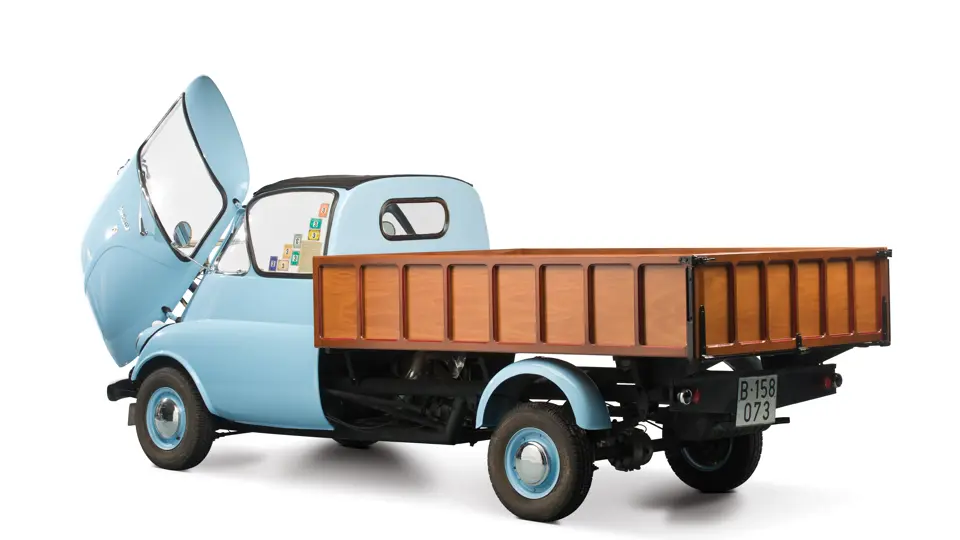
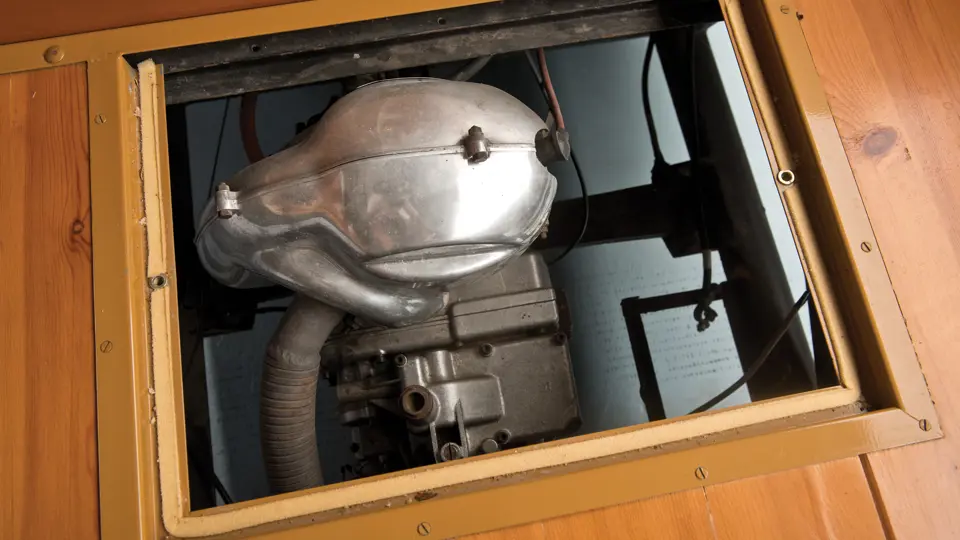


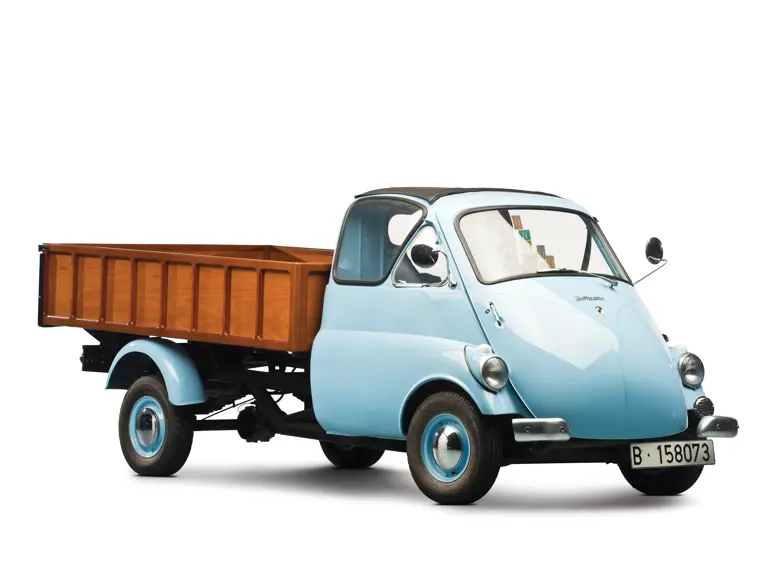
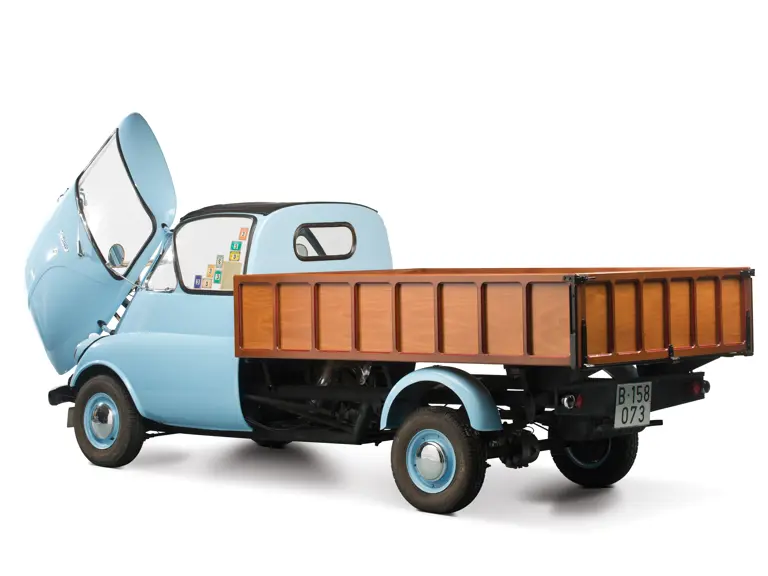
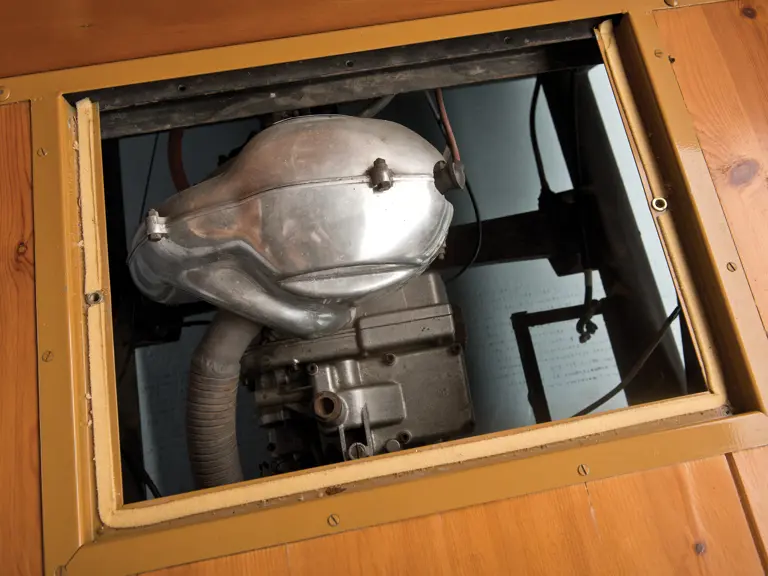
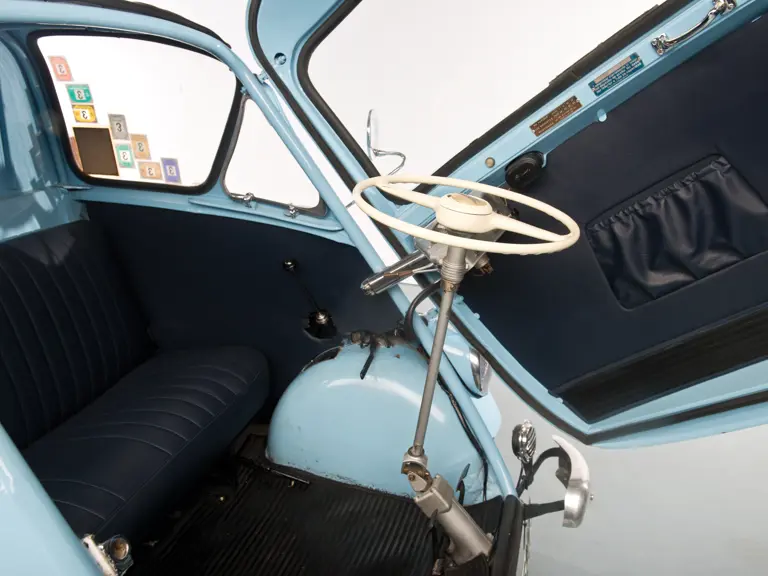
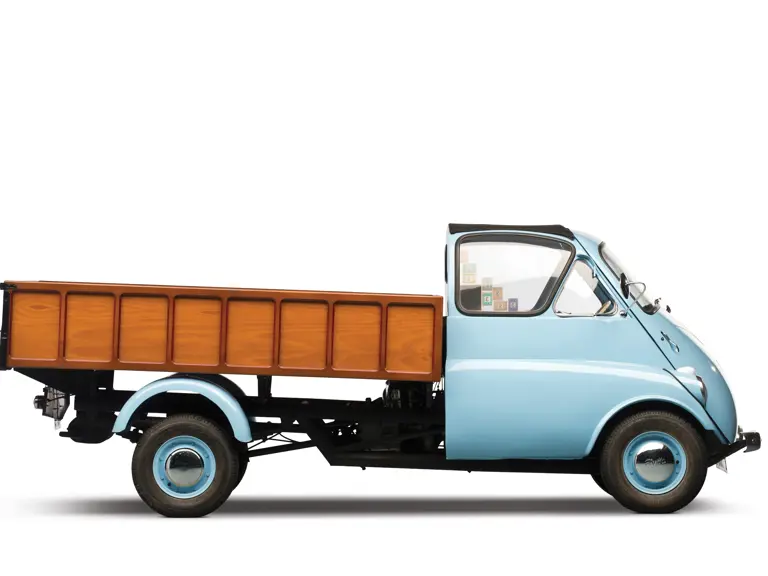


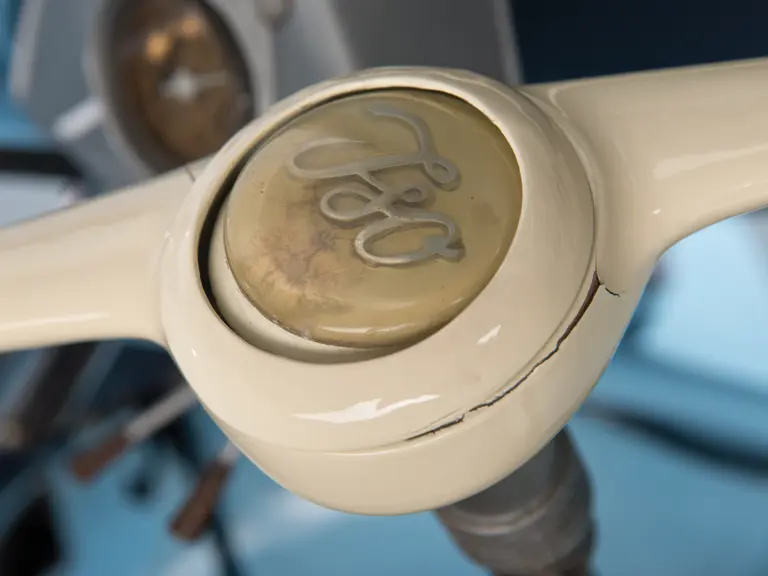

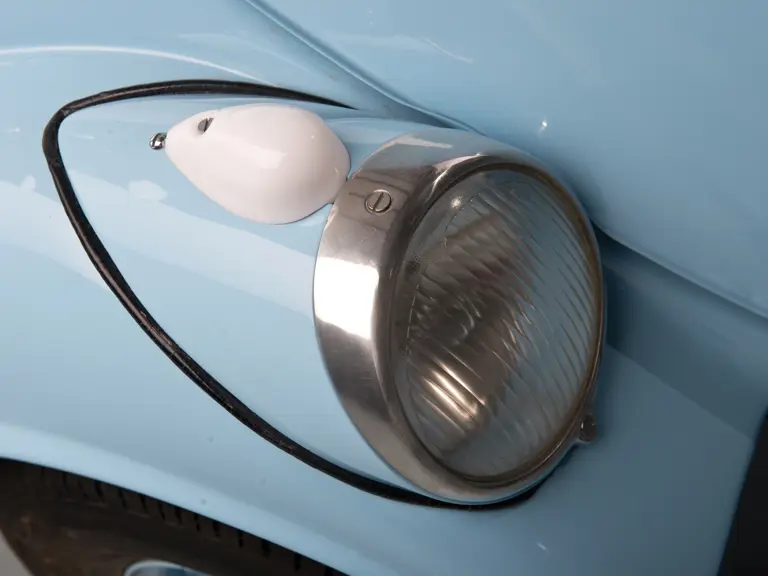
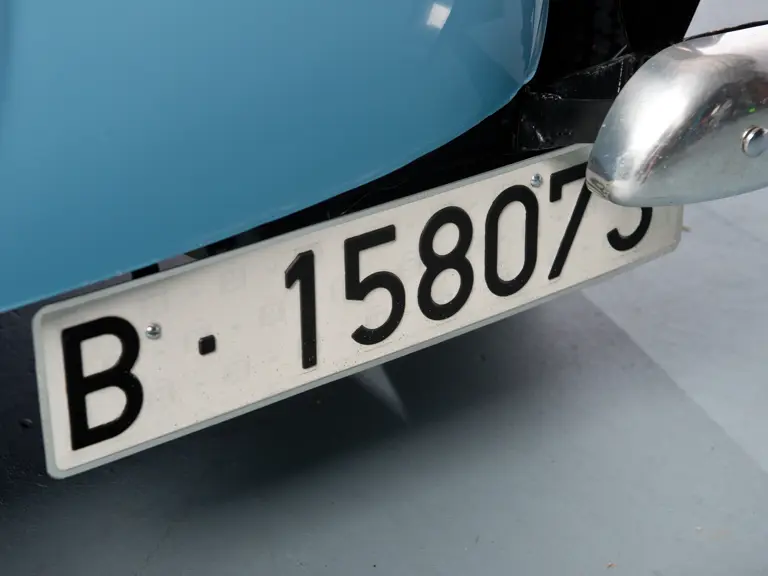
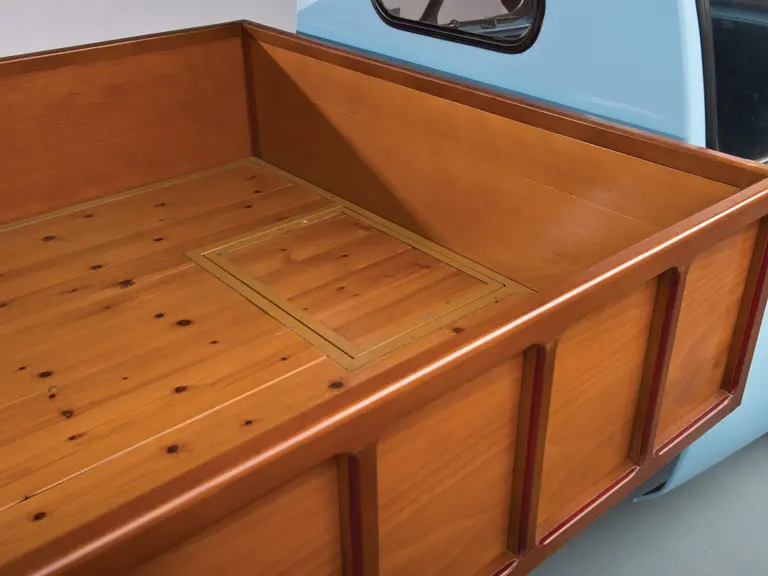


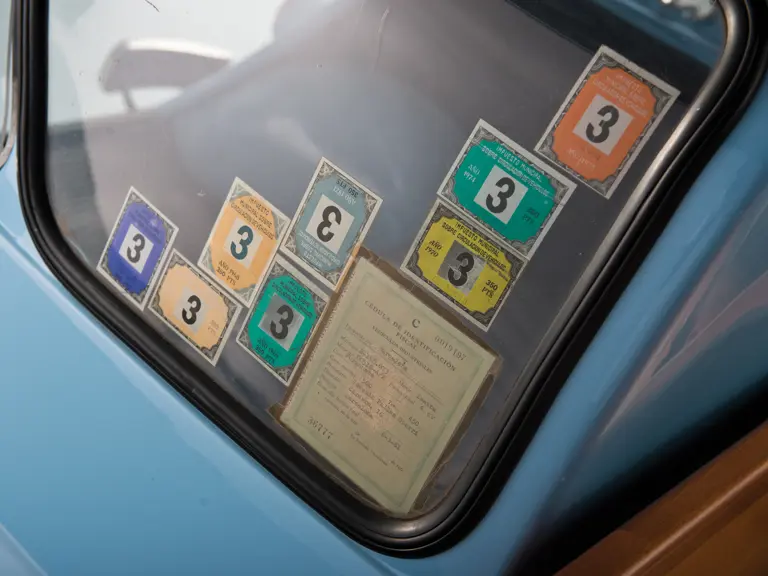

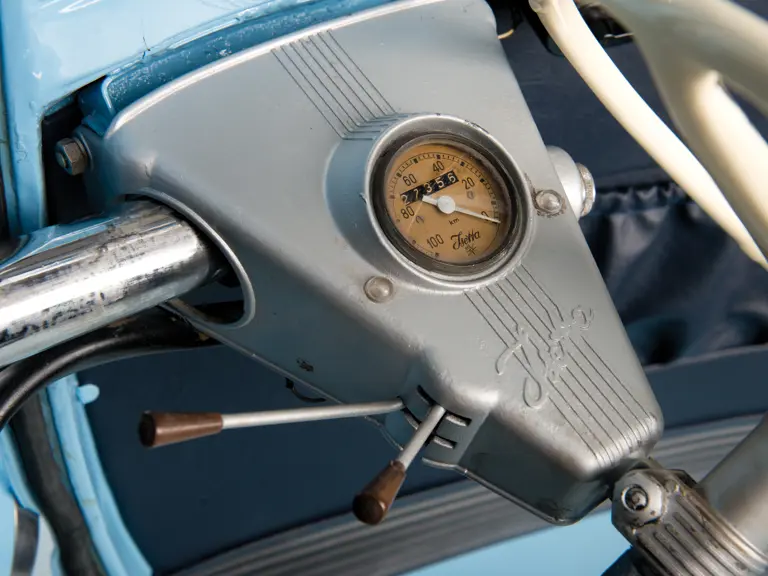

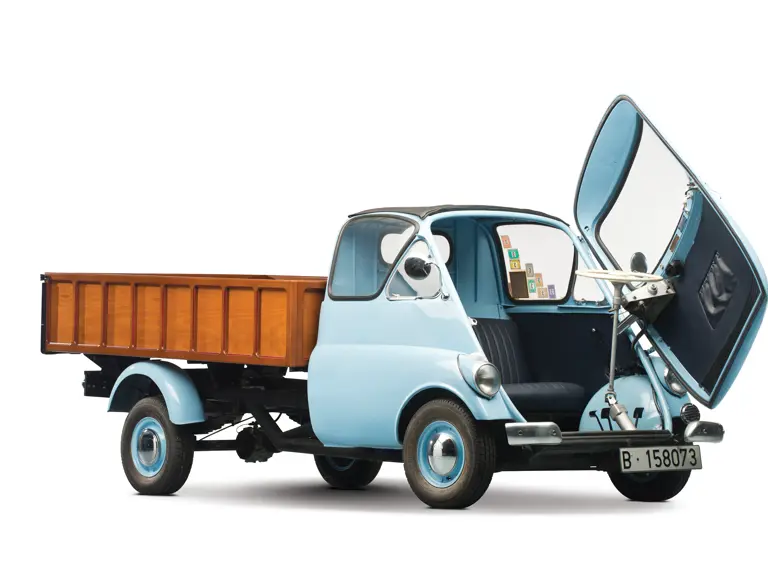

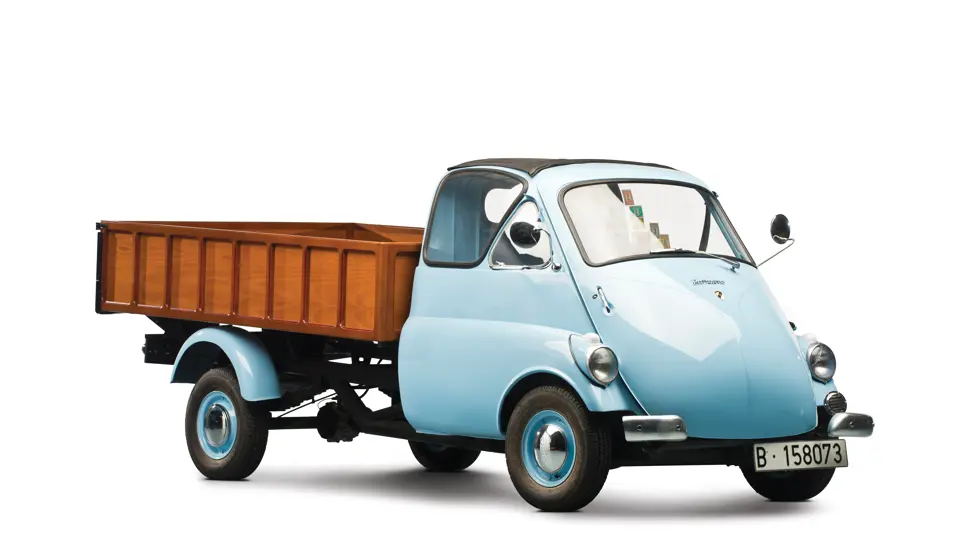
 | Madison, Georgia
| Madison, Georgia
